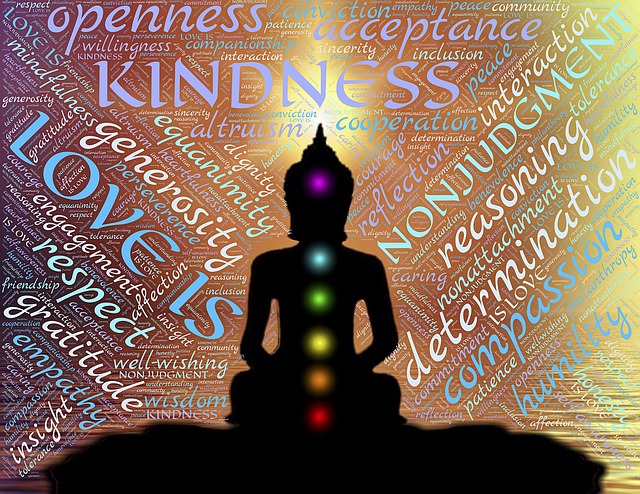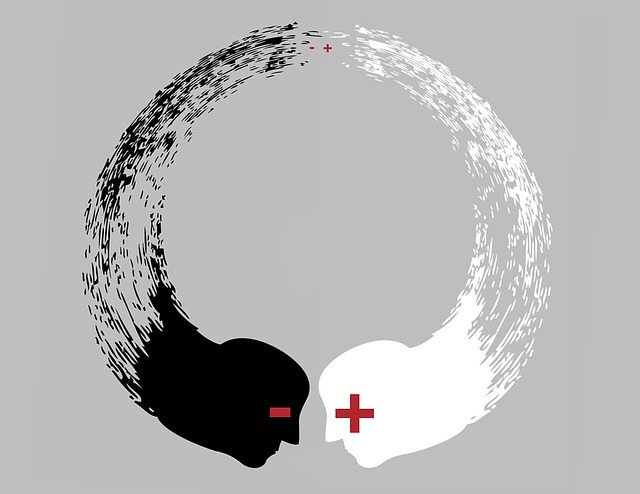Marsha Hudnall, President and Co-owner of Green Mountain at Fox Run (a whole-body wellness retreat), offers an interesting perspective on how to develop healthy eating – whether that involves avoiding overeating, under-eating or eating foods that we know cause inflammation through allergy or intolerance. Marsha in her article on this topic suggests that self-compassion is the missing factor in enabling us to persist with healthy eating.
Often when we stray from the ideal approach to healthy eating that meets our specific needs, we berate ourselves for our failure to stick to the right path. Marsha has been a pioneer in the field of non-diet and alternative approaches to healthy eating through her writing, teaching and her work as a board member of the Center for Mindful Eating. She explains her personal experience and perspective on mindful eating in a Mindful Dietician podcast. Marsha offers advice too for people who are on dietary restrictions as a result of a health condition – available in a paid webinar titled, When the Doctor Says No.
Self-Compassion for healthy eating
Self-compassion has been the life pursuit of Kristin Neff who stresses the importance of self-kindness to overcome negative thinking in the face of set-backs or temporary defeats. Kristin reinforces the need to recognise that we share a common humanity and part of our life experience is larger than ourselves (we are not the only one encountering life challenges). She stresses the role of mindfulness in dealing with thoughts and feelings that damage our self-image and using mindful approaches to grow self-awareness and self-regulation.
In her podcast interview mentioned above, Marsha identifies two key barriers to effective self-compassion – the social and personal obsession with body image (and related materialistic values) and the relentless pursuit of perfectionism. In relation to perfectionism, she argues that we need to acknowledge that we cannot be perfect – we will make mistakes and poor choices. This acceptance opens the way to new learning, new habits and thoughtful responses to life crises. This fundamental realisation was a real breakthrough for tennis player Ash Barty who became Number 1 in the world in 2019.
Mindfulness and mindful eating
Marsha stated that her introduction to mindful eating occurred when Jon Kabat-Zinn visited the Green Mountain retreat center. She came to understand that mindfulness was essentially about awareness and understanding of the influences shaping our responses and the potentiality of making different choices – choosing between a range of options rather than being locked into a single way of doing things, e.g. mindful eating instead of dieting. Marsha alluded to the perspective of her mother-in-law, Thelma (Founder of Green Mountain), who talked about “the plank of choice” versus the “diet tightrope”.
Marsha broadens our perspective on mindful eating when she offers suggestions in her article on ways to bring self-compassion to the process of eating:
- Give up a fixed way of thinking – what Marsha calls “black and white thinking”. She suggests, for example, that pizza should not always be branded as bad for you – it may be the best choice when celebrating an achievement with friends. You can be mindful of others, the occasion and the flexibility you have on that occasion – rather than adopting a fixed position that leads to subsequent dissatisfaction for not having “participated” fully in the celebration. In her podcast interview, Marsha argues that we need to adopt a “middle-ground” instead of pursuing unattainable perfection.
- Become aware of your negative self-talk when eating – Marsha suggests that you write down these thoughts, and also have prepared responses that you can adopt when the debilitating self-critique starts up.
- Practice giving yourself kind responses – do this whenever a negative thought enters your mind during the day. The more you do it, the easier it gets and it quickly becomes a default way of thinking – just as awareness practice while waiting can replace the default mode of grabbing your mobile phone to fill the gap.
Drawing on her own personal experience and awareness of research findings, Marsha maintains that mindfulness can help us to contribute more positively and successfully to our own family, work and professional arena. She observed that as you practice mindfulness, you become more aware of the subtleties of being mindful and its impacts in every arena of your life. Marsha noted, too, that exploring neuroscience and an understanding of the brain, better equips us to deal with our daily challenges.
Reflection
As we grow in mindfulness, we can become more aware of the thoughts and feelings that drive us to unhealthy eating and related practices and build the resilience to achieve self-regulation in our eating habits. Mindful eating involves more than just eating slowly, it also extends to identifying and managing our negative self-talk that can occur while we are eating and other times throughout the day.
____________________________________________
Image by John Hain from Pixabay
By Ron Passfield – Copyright (Creative Commons license, Attribution–Non Commercial–No Derivatives)
Disclosure: If you purchase a product through this site, I may earn a commission which will help to pay for the site, the associated Meetup group and the resources to support the blog.





